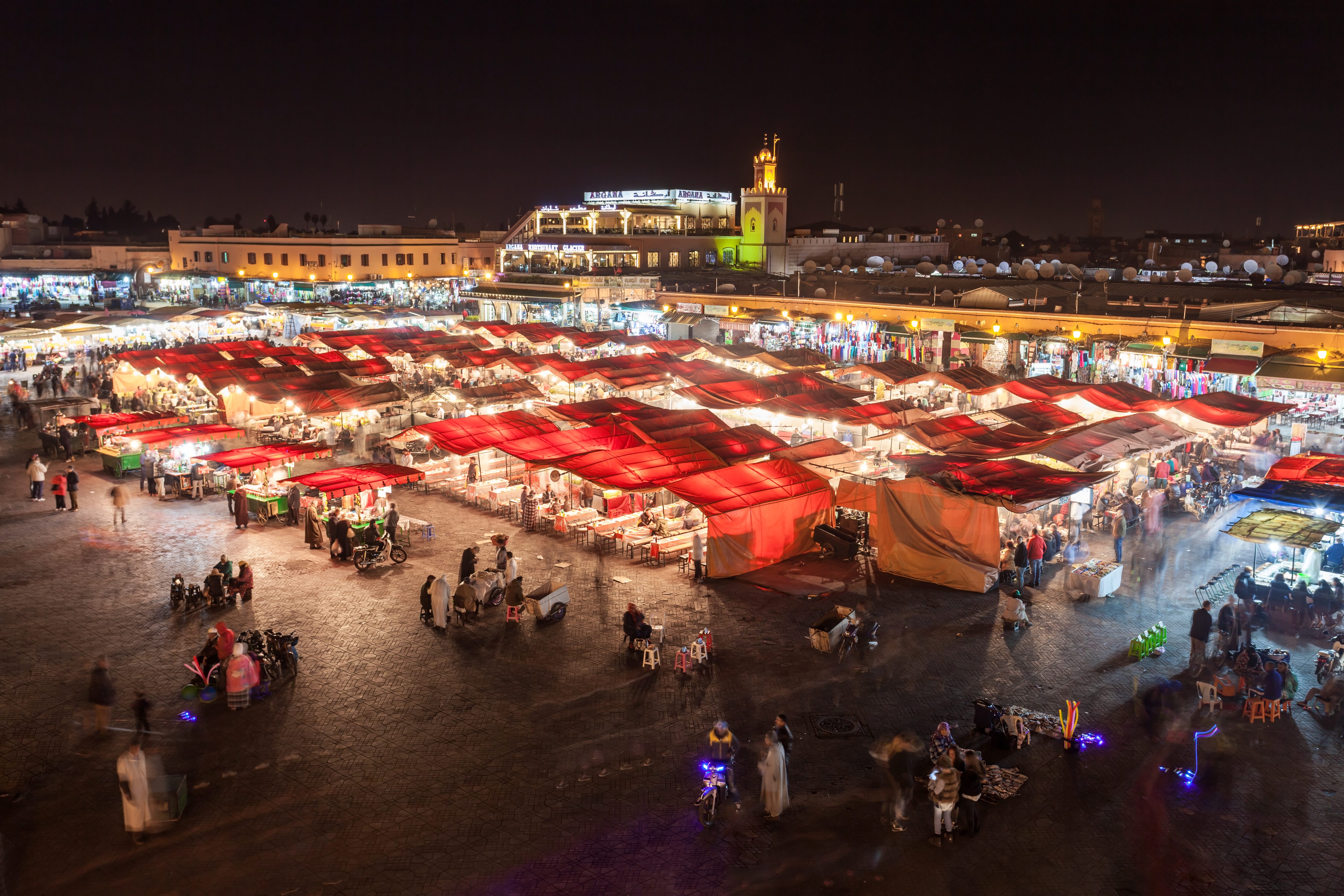Votre panier est actuellement vide !
Cultural Identity and Tourism: The Legacy of Bahia Palace in Marrakech

CONCLUSION This research paper has considered in both textual and illustrative references the iconic position occupied by Marrakech’s Bahia Palace as an emblematique focal point of local identity & heritage. In the course of history, key historical events have influenced this development and bear witness to Marrakech evolution over centuries maintaining its cultural identity among several transformations it has seen passing by. The architectural design represents a special identity built on the language of Moroccan aesthetics, with materials corresponding to geographical and cultural potential that exists in this area.
The Bahia Palace has become an icon of past culture and heritage, honored in local mythologies and seen in a range of artistic expressions. Tourism resulting in economic strengths and challengesThe combination of tourism with economic growth is an important one to make, as the monument has resulted considerable visitor numbers being centred on it generating substantial benefits for the local community but presenting a series of problems requiring effective management strategies.
Not only do historical narratives help preserve landmarks, but they are also an important element in them being used as tourist attractions; meaning and significance is attached to sites through these narratives. The rich history of the region is showcased in structures such as the Koutoubia Mosque that remind visitors of Morocco’s resilience and beauty, further enhancing a holistic tourism experience. These kind of stories ground visitors between the stones to be more ethically minded and sustainability-aware about conservation.
In summary, the Bahia Palace in Marrakech is a direct representation of both history and luxury within one vibrant city. The continued conservation of the property through tourism has a major impact on revitalisation and interpretation in this vibrant cultural city.
These sources of being found today in Marrakech are characterized by their particular architectural style, detail and materiality that reflects the geography & culture available locally. Many of these structures amount to surreal sculptures that meld into the built environment, adding allure to existing architecture and providing a visual focus for residents (and exotic curiosity for tourists). Construction materials aimed to mimic the local geo- and socio-cultural context, drawings from stone or wood locally extracted in determining buildings visual continuum with its setting.
Marrakech, Morocco: The El Bahia Palace is an ancient palace of the architects during this time view architectural developments in its vast marble courtyard, ornate Alaoutie ceilings and intricately painted rooms on every subject from the ceiling-paintings to zellige tiles also Boucharouite carpets. These additions do not only set the El Bahia Palace apart from other buildings but they also reveal one of Marrakech’s most intricate cultural quilts spun by tradition and artistic design.
The landmark is central to the culture of Marrakech with many souks in Medina benefiting from its vibrancy. Serving as community hubs where people go to buy too many tomatoes or pick through the cabbages of an afternoon, they foster a sense of solidarity and community among local residents. Aromas mingling between quaint stalls and narrow streets offer a snapshot of the riad seeking wanderer, borrowing from Marrakech’s red city feel.
The prestige of the Ballynoe Stone Circle is largely symbolic in both local folklore and acts of artistic representation which binds a cultural narrative to its historical identity as well. By tradition those stories and legends are a font of inspiration that spark the imagination within local community. Movies and novels often portray these locations as enchanting, so characters are drawn to the same mystical areas.
Hassan tower — The minaret of an era, a powerful symbol of Moroccan heritage and identity in its own right was the ambitious architecture aspiration sought at this time. As national monument, providing a place to consolidate more of Moroccan’s identity and identification with that generally feeling about the meaning related censoship. Owned by Yves Saint-Laurent and Pierre Bergé since 1980, the Majorelle Garden has contributed greatly to raising Marrakech’s status as a city of cultural communion for thousands of visitors from around the world.
Landmarks like the Bahia Palace should be preserved and promoted because this significantly contributes to economic advancement of local people. From improving community cohesion, visitor numbers and earning opportunities – heritage-led regeneration projects can do it all. Investment in preserving such landmarks often bring along vital infrastructure enhancements and better transportation options etc., that are not only beneficial for the community at large, but also support sustainable growth. These partnerships may also be useful for creating employment and training opportunities, especially of minority communities that can lead to economic development in an inclusive manner, contributing towards maintaining cultural identity.
This has a range of implications on the influences that tourism management strategies have upon other adjacent landmarks and communities, in terms affecting any possible economic effects impacting cultural preservation. Perceptions of heritage sites among local residents influences local endorsement for tourism activities and sustains economic development in the locality. Contrastingly, negative attached feeling will lead to decreased community attachment and satisfaction with heritage sites.
The Bahia Palace is a detailed study of this complex relationship among architectural heritage, cultural identity and tourism management. Exemplifying Islamic and Moroccan architectural splendor, the palace stands as a reminder to some of elaborate stories about people in robber costumes all fantastic folklore tales behind this city. At the same time, an honest conversation about tourism — and with it the potential degradation of these sites by commercialization or dilution of their authenticity – needs to be had.
Further research is needed to explore how residents of heritage areas view the impact that tourism has on their community, for insights from these perspectives can help create sustainable strategies which allow economic growth whilst retaining an area’s cultural integrity.
Laisser un commentaire